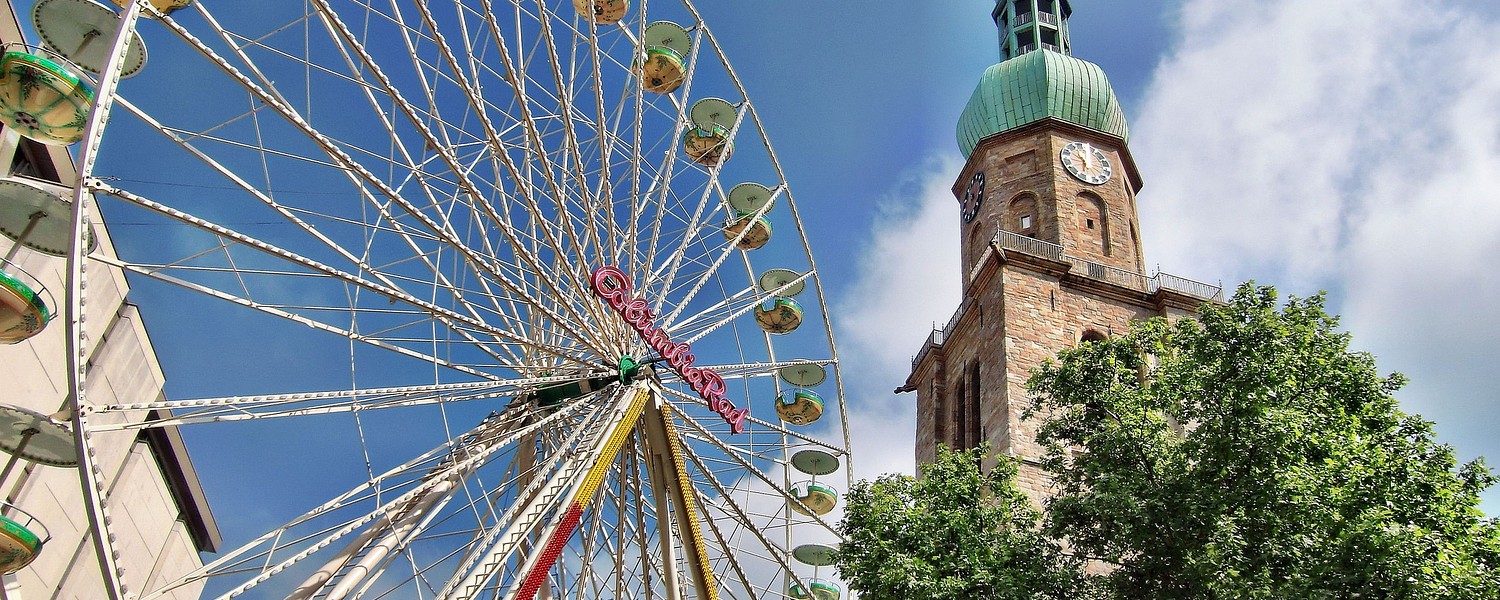
Provided by:
Riessdo/cc by 2.0/Flickr

Our travel guides are free to read and explore online. If you want to get your own copy, the full travel guide for this destination is available to you offline* to bring along anywhere or print for your trip.
*this will be downloaded as a PDF.Price
€4,95
The City
The guide was updated:
In the 19th century Dortmund was a smoky, sweaty and extremely prosperous city. The industrial revolution bought mines, mills and manufacturing – and jobs by the thousands. Within a century, the population grew from a paltry 4,000 to a staggering 140,000, making Dortmund the largest city in the Ruhr region. The Second World War devastated much of the city – around 70 percent of the buildings were flattened – and the 1950´s saw an intense period of rebuilding.
Much of what you see in Dortmund today was built in the last 50 years. The coking plants, mines and steel plants have gone or be turned into funky museums, while Dortmund’s citizens work in the city’s burgeoning I.T., insurance and services industries. Nor is leisure time neglected – Germans flock to Dortmund for the excellent shopping and the city has good restaurants, bars and theatres (cabaret being a particular speciality), including a superb purpose-built concert hall.
Much of what you see in Dortmund today was built in the last 50 years. The coking plants, mines and steel plants have gone or be turned into funky museums, while Dortmund’s citizens work in the city’s burgeoning I.T., insurance and services industries. Nor is leisure time neglected – Germans flock to Dortmund for the excellent shopping and the city has good restaurants, bars and theatres (cabaret being a particular speciality), including a superb purpose-built concert hall.


